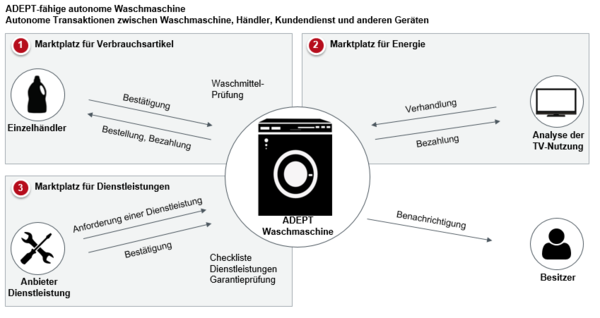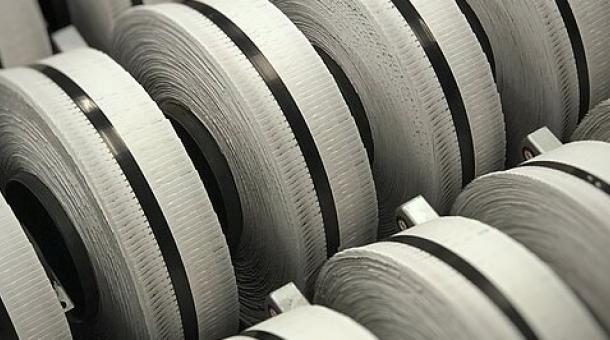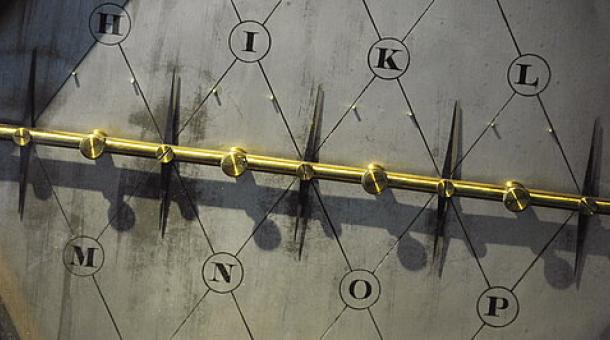Blogpost
Blockchain as an enabler for the decentralized Internet of Things
Meet our authors
Reference items
Exepert EN - Kenneth Chu Sam

Director
Kenneth
Chu Sam
As a Director, Kenneth Chu Sam focuses on developing IT strategies that balance the demanding requirements of today's organisations with the benefits of modern technologies. Kenneth is a recognised...
Read moreAs a Director, Kenneth Chu Sam focuses on developing IT strategies that balance the demanding requirements of today's organisations with the benefits of modern technologies. Kenneth is a recognised specialist in managing highly complexity implementation projects based on cloud-native and microservice architectures. He completed his Bachelor's and Master's degrees at the Karlsruhe Institute of Technology (KIT), where he studied electrical engineering and information technology and further specialised in biomedical engineering.
Read less



